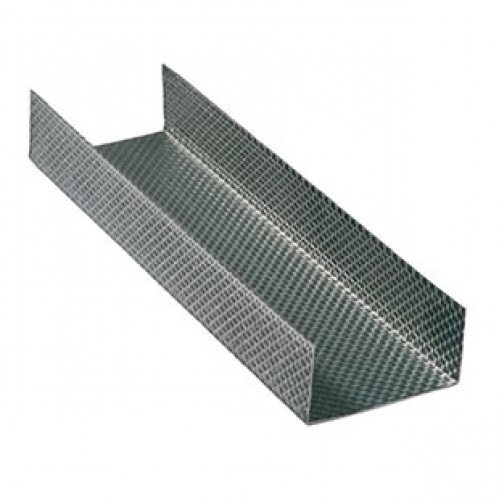The Gastrointestinal (GI) tract, also known as the alimentary canal or digestive tract, is a long, continuous muscular tube that extends from the mouth to the anus. Its primary function is to process food, extracting nutrients for the body and eliminating waste products. Heres a breakdown of the GI tract channel: Overall Structure and Length: The entire human GI tract is approximately 9 meters (30 feet) long in an adult at autopsy. Its shorter in a living body due to constant muscle tone. Its divided into the upper GI tract and lower GI tract, and also into foregut, midgut, and hindgut based on embryological origin. Main Organs of the GI Tract Channel (in order of food passage): Mouth (Oral Cavity): Function: Ingestion of food. Mechanical digestion begins with chewing (mastication) by teeth. Chemical digestion starts with salivary amylase breaking down carbohydrates. Saliva also moistens food for easy swallowing and lubrication. Accessory organs: Teeth, tongue, and salivary glands (parotid, submandibular, sublingual). Pharynx (Throat): Function: A passageway for both food and air. It directs food from the mouth to the esophagus and prevents food from entering the trachea (windpipe) by the action of the epiglottis. Esophagus: Function: A muscular tube that transports food from the pharynx to the stomach through rhythmic waves of muscle contractions called peristalsis. Stomach: Function: Temporarily stores food and performs both mechanical and chemical breakdown. Stomach muscles churn and mix food with digestive juices (hydrochloric acid and enzymes) to form a semi-liquid mixture called chyme. Hydrochloric acid destroys most microorganisms, denatures proteins, and activates enzymes like pepsin (for protein digestion). The intrinsic factor produced in the stomach is essential for Vitamin B12 absorption. Parts: Cardia, fundus, body, and pylorus. Small Intestine: Function: This is where the majority of chemical digestion and nutrient absorption occurs (about 90% of food absorption). It receives chyme from the stomach and digestive fluids from the pancreas and liver. Length: Approximately 3-5 meters (9-16 feet) in a living person. Its internal lining has folds, villi, and microvilli, vastly increasing its surface area for absorption. Parts: Duodenum: The first and shortest part, it receives chyme from the stomach, bile from the gallbladder (produced by the liver), and pancreatic juice from the pancreas. Enzymes here break down proteins, carbohydrates, and fats. Bicarbonate from the pancreas neutralizes stomach acid. Jejunum: The mid-section where the bulk of chemical digestion and absorption of sugars, amino acids, and fatty acids into the bloodstream takes place. Ileum: The final section, primarily responsible for absorbing vitamin B12 and bile acids, as well as any remaining nutrients. Large Intestine (Colon): Function: Processes indigestible food material, absorbs most residual water and electrolytes, and forms feces. Bacteria in the colon further break down some remaining food products. Length: About 1.5 meters (5 feet) long. Parts: Cecum (with the appendix attached), ascending colon, transverse colon, descending colon, and sigmoid colon. Rectum: Function: The final section of the large intestine that temporarily stores feces until elimination. Anus: Function: The external opening at the end of the GI tract through which solid waste (feces) is expelled from the body (defecation). Controlled by sphincters. Accessory Organs of Digestion (not part of the continuous tube but crucial for digestion): Salivary Glands: Produce saliva to moisten food and begin carbohydrate digestion. Liver: Produces bile, which helps emulsify (break down) fats for better digestion and absorption. Gallbladder: Stores and concentrates bile from the liver and releases it into the small intestine. Pancreas: Produces digestive enzymes (for carbohydrates, fats, and proteins) and bicarbonate, which neutralizes stomach acid in the small intestine.
FAQs of GI TRACK CHANNEL:
Q: What is the primary application of the GI Track Channel?
A: The GI Track Channel is primarily used in construction applications.
Q: In what sizes is the GI Track Channel available?
A: The GI Track Channel is available in different sizes to meet various project requirements.
Q: What is the color of the GI Track Channel?
A: The GI Track Channel comes in a silver color.
Q: What material is the GI Track Channel made of?
A: The GI Track Channel is made of GI (Galvanized Iron).
Q: What is a key feature of the GI Track Channel?
A: The GI Track Channel is known for its high quality.

